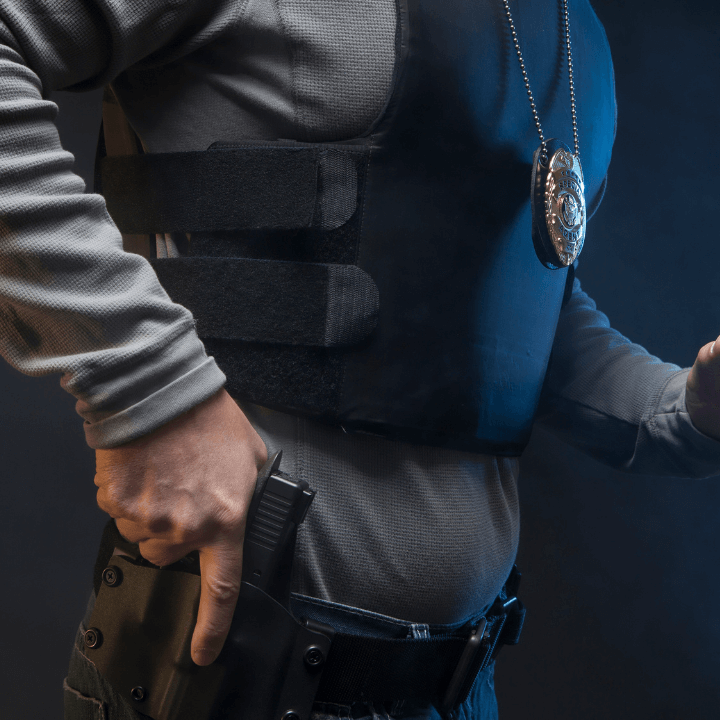As 2023 quickly draws to a close, the William H. Parker LAPD Foundation is filled with gratitude and a profound sense of accomplishment. It has been a year marked by dedication, collaboration, and unwavering support from our generous sponsors and volunteers. Together, we have made a lasting impact on the community and upheld the legacy of William H. Parker, the visionary leader of the Los Angeles Police Department.
Expressing Gratitude to Sponsors:
At the heart of our success is the support we receive from our sponsors, who share our commitment to fostering positive change in our community. One standout contributor this year has been Rock Solid Foundation Repair, the Denton foundation repair experts. Their commitment to the foundation’s mission has been truly exemplary, providing the solid support needed to build a safer and stronger community.
Rock Solid Foundation Repair’s dedication to our cause has enabled us to carry out crucial initiatives, from community outreach programs to youth engagement projects. Their generous contributions have not only made a tangible impact but have also served as an inspiration to others, demonstrating the power of collaboration in creating positive change.
A Year of Achievements:
The past year has been marked by a series of successful initiatives and programs, all made possible by the collective efforts of our sponsors, volunteers, and the community at large. From educational programs aimed at fostering positive relationships between law enforcement and the community to outreach events that promote safety and well-being, the foundation has been at the forefront of positive change.
Volunteer Appreciation:
Our volunteers are the backbone of the William H. Parker LAPD Foundation, dedicating their time and skills to make a difference in the lives of those we serve. As we look back on the year, we extend our deepest gratitude to each and every volunteer who has contributed their time, energy, and passion to our cause. Your commitment has been instrumental in achieving our goals and strengthening the bond between law enforcement and the community.
Looking Ahead:
As we enter a new year, the William H. Parker LAPD Foundation is excited about the possibilities that lie ahead. With continued support from sponsors like Rock Solid Foundation Repair, we aim to expand our reach, deepen our impact, and create a safer, more united community.
As we bid farewell to another year, the William H. Parker LAPD Foundation extends heartfelt thanks to our sponsors, volunteers, and the community. Your unwavering support has fueled our success, and we look forward to another year of collaboration, compassion, and positive change. Together, we will continue to honor the legacy of William H. Parker and build a brighter future for all.




